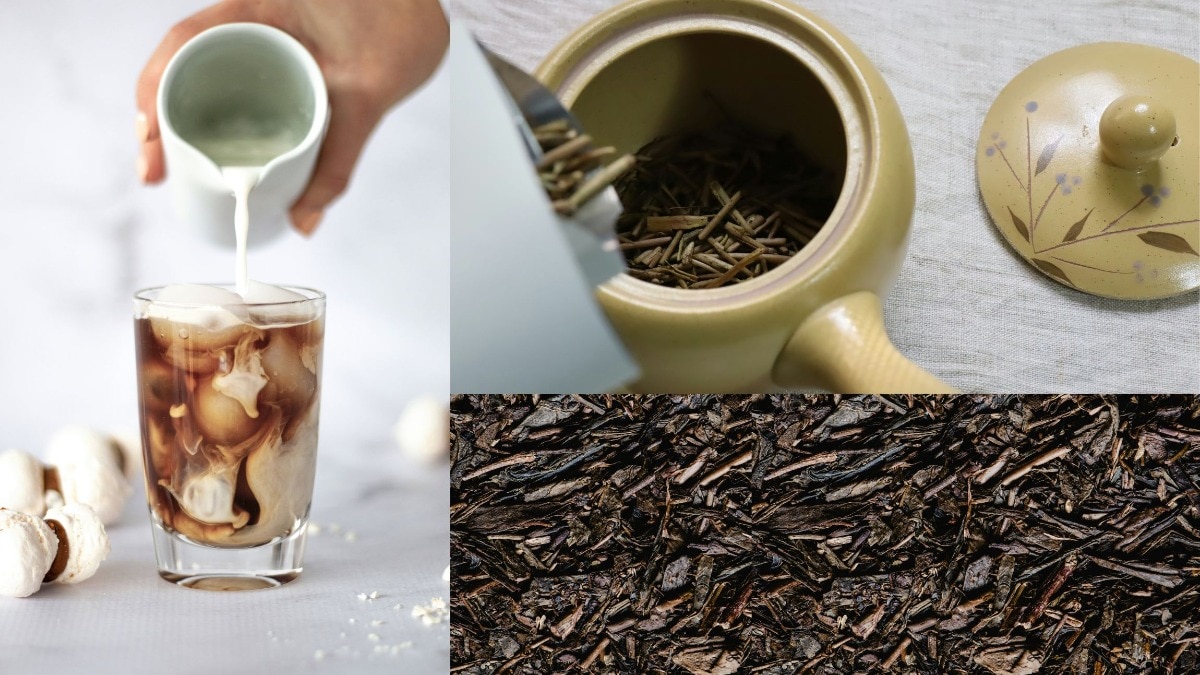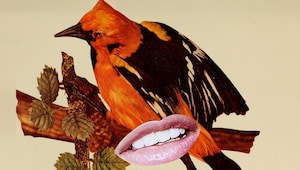Forget matcha, hojicha is the toasty new tea everyone’s talking about
Smooth, subtle, and way more versatile—it might be time to upgrade your standard drink order.

Matcha has had a moment—from lattes and desserts to skincare and candles, the vibrant green powder has basically dominated every wellness trend board for the past few years. You've seen it on your feed, in your smoothie, and probably in at least one overpriced face mask.
But while matcha’s been basking in the spotlight, there’s a new tea crush in town—and she’s got a smoky little secret. We're talking about Hojicha—the roasted green tea that’s been quietly doing its thing with way less hype and way more flavour. Think of her as the nepo baby of the Japanese tea world—same lineage, totally different personality.
Unlike matcha’s grassy intensity, Hojicha is roasted at high temperatures, turning the leaves a rich brown and giving the tea a warm, toasty, almost caramelised flavour. It’s earthy, nutty, and smoky—a stark contrast to matcha, but in a more interesting way.
From underdog to (to be) global crush
Hojicha is having its quiet glow-up around the world. Cafés and wellness spots have already begun embracing the drink with lattes, iced teas, kombucha, smoothies, and more. After years of riding the matcha wave, consumers are now gravitating toward subtler, less intense alternatives, and Hojicha’s comforting flavour profile, low bitterness, and growing café presence make it the perfect follow-up act.
But in India, it's still under the radar. For now. This Japanese staple is just waiting to be sipped, savoured, and swooned over.
This is the tea that’s kind to your body and your soul. Hojicha naturally contains far less caffeine than its green tea cousins, thanks to the roasting process that breaks it down. While regular green tea holds about 30–50 mg of caffeine and coffee can spike up to 200 mg per cup, Hojicha slides in with a gentle 7–20 mg.
That makes it the ideal post-lunch wind-down or bedtime brew—soothing, warm, and sleep-friendly. In Japan, it’s traditionally sipped after meals for its calming aroma and digestive benefits. And it’s not just staying in the cup—Hojicha is slowly making its way into skincare too, thanks to its antioxidant-rich, anti-inflammatory properties.
With its toasty, umami flavour and grounding energy, Hojicha feels less like a pick-me-up and more like a ritual. Think rainy mornings, lo-fi playlists, and that long exhale after a hectic day. It's basically the tea version of a weighted blanket.
Why it might be the new matcha
If matcha was the bold, buzzy wellness icon for Gen Z, then Hojicha is its laid-back counterpart—calmer, cosier, and just as versatile. From hot brews to frothy lattes, sparkling teas to blended frappes, Hojicha can be enjoyed in all the ways you love tea, minus the bitterness.
If you’re looking to swap out the jitters for something gentler, Hojicha might just be your new go-to. While India is still whisking its matcha, this slow-brewed underdog is quietly making its way into cafés and kitchens, one roasted note at a time.
Lead Image: Pexels and Unspalsh
Also read: Here’s everything you need to know about the 2025 Emmy Award nominations
Also read: The perfect Cancer season playlist for big feels, late-night texts, and main character mood swings
more from Life

Top 10 romantic movies and shows that will give you the butterflies this cuffing season

Why millennials who still live with their parents are frustrated all the time

Why society loves to turn a woman’s choices into embarrassment for the men around her

'Stranger Things' Season 5 theories that have the entire internet spiralling

Career advice Gen Z will actually listen to (no, we’re not waking up at 5 am)

How to reclaim the last month of 2025 without spiralling into social burnout

“Rage bait” has been selected as Oxford’s word of the year because apparently we’re all mad online

The science behind the “bird theory”

How to explore your sexual fantasies with your partner, according to experts

Inside the fashion shift: Amazon Fashion’s Nikhil Sinha on the trends powering India’s new style wave
